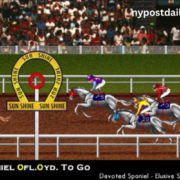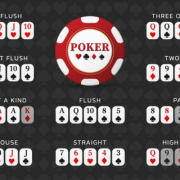Choosing the right course can have a significant impact on your knowledge and skill level in the area of data structures and algorithms. Understanding data structures and algorithms, the foundation of computer science is crucial to crafting code that runs smoothly and quickly. This blog post will examine what makes the best course for Data Structures and Algorithms, emphasizing the components that are often overlooked but crucial to learning the material.
-
Comprehensive Curriculum
The core concepts and themes of data structures and algorithms education should be covered thoroughly across a high-quality course curriculum. A wide variety of data structures, including arrays, linked lists, trees, graphs, hash tables, and more, should be covered in the course. Algorithms and their time and space complexity for common tasks like sorting, finding, and navigating graphs should also be included. The course should also include real-world examples and use cases to help students better grasp the ideas being taught.
-
Engaging Methodology
The most effective approach to teaching data structures and algorithms keeps students interested and engaged from the first day until the last. It needs to have some theoretical background, some visual aids, and some coding assignments for students to practice what they’ve learned. Coursework such as coding challenges, projects, and assignments should give students practice applying their knowledge. Learners will achieve competence and self-assurance through this experiential method.
-
Certified Instructors
The course’s professors must have extensive knowledge and expertise in data structures and algorithms. They need to be well-versed in C++, Java, or Python in addition to other languages used in the industry and have a solid foundation in computer science. They should be able to simplify complicated ideas for students and be there for them while they work through the material.
-
Flexibility and Accessibility
The course must be adaptable and open to students of varying experience and knowledge levels. It needs to be accessible to those with no prior programming knowledge while still providing a solid foundation for more advanced students. The course should give a logically laid out curriculum with discrete, easily accessible modules or courses. Include supplementary materials like course notes, presentations, and code samples. The course should be delivered online so students can study independently and use the most convenient device.
-
Practice-oriented Approach
Implementing them into practice is the greatest way to understand data structures and algorithms. Students in the course should be given several opportunities to utilize their new knowledge in practice. Learners can accomplish this through coding activities, homework, and projects that test their ability to apply what they’ve learned to concrete situations. In addition, the course should include comments on the student’s projects and tasks to help the student learn more about their performance.
-
Supplementary Materials
The ideal data structure and algorithm course will include valuable ancillary materials that support the main curriculum. Examples of such materials include books, websites, tutorials, coding environments, and other useful resources. These supplementary materials are intended to deepen students’ understanding of data structure and algorithmic theory and their practical applications.
Conclusion
When selecting a data structures and algorithms course, it is important to consider the following factors course content, instructor experience, learning materials, opportunities for hands-on practice, degree of difficulty, and feedback from previous students. You can decide well on which course to take to study data structures and algorithms by carefully considering these prerequisites.


















Comments